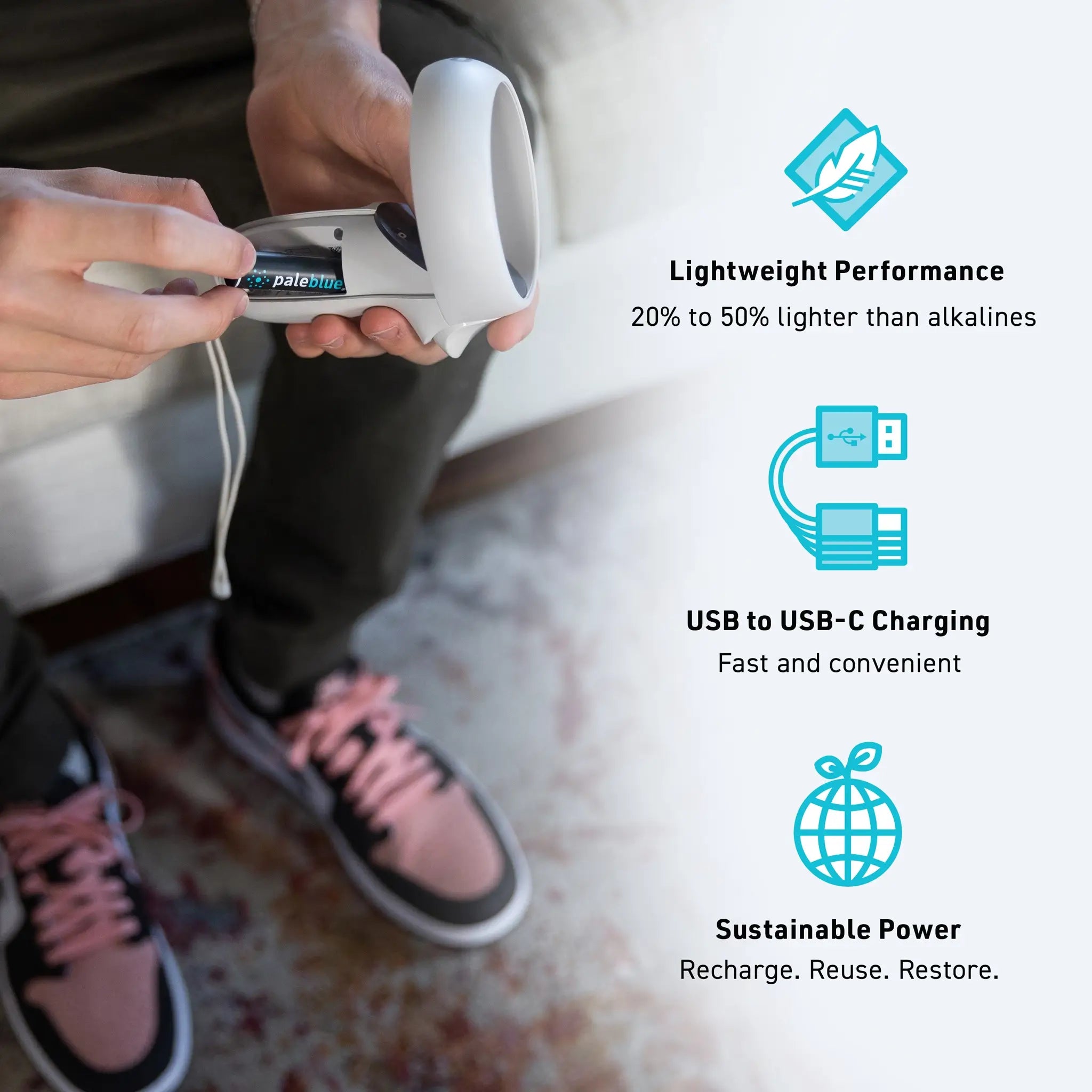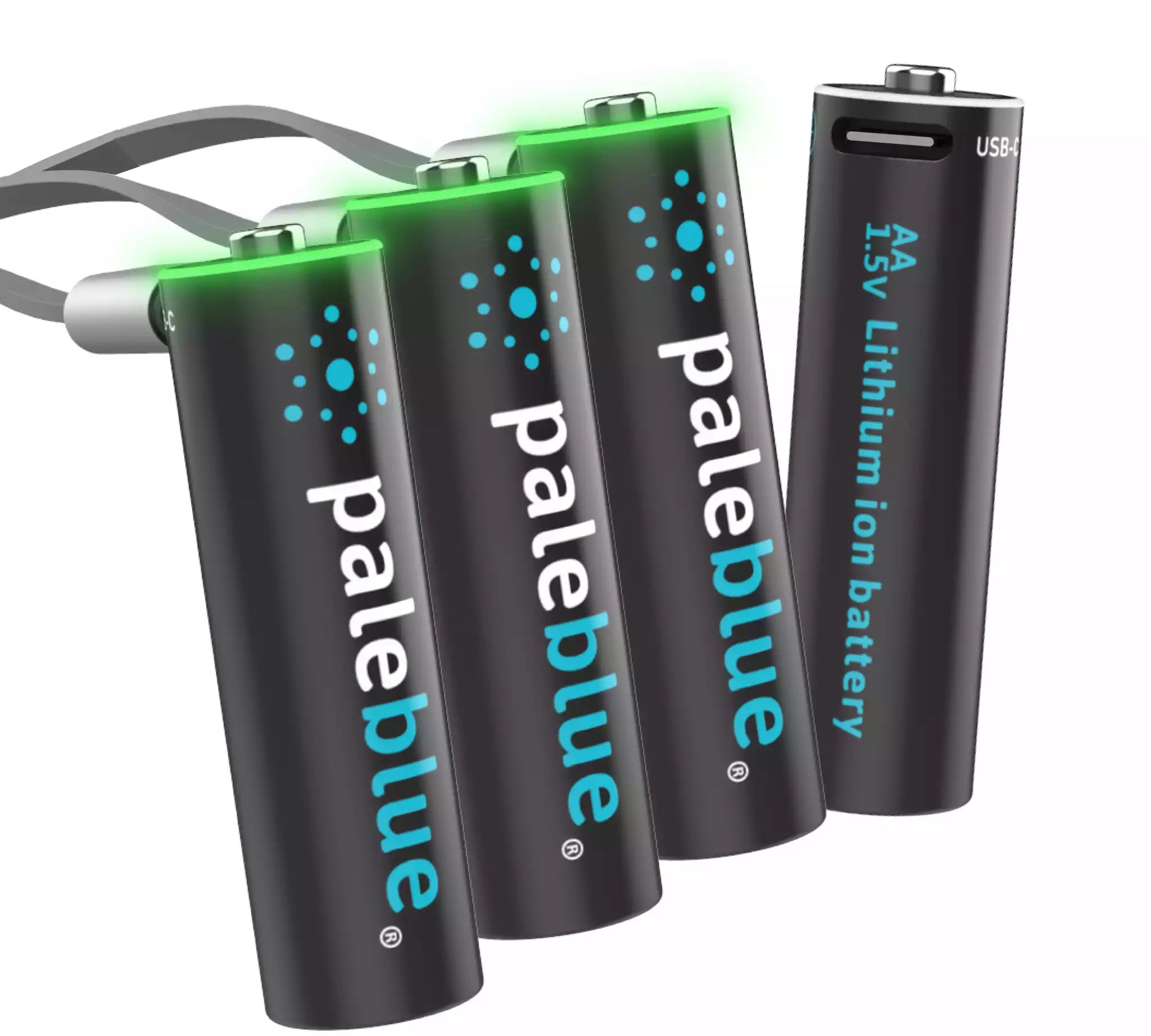The Science of mWh: Power Capacity in AA Batteries

Have you ever wondered how long your devices can run on AA batteries? Understanding battery capacity is key to maximizing their efficiency.
Battery capacity is typically measured in milliampere-hours (mAh) and milliwatt-hours (mWh), each providing crucial insights into energy storage. The distinction between these units affects everything from remote controls to cameras.
Understanding Battery Capacity
Battery capacity is a crucial specification that indicates how much energy a battery can store and release over time. Measured in milliamp hours (mAh), this capacity dictates the shelf life and operational endurance of the battery. For example, alkaline AA batteries usually range between 1,500 to 3,000 mAh, while lithium AA batteries can reach much higher - up to 3,400+ mAh, providing superior energy storage capabilities for the same physical size thanks to its high energy density..
The mWh, or milliwatt-hour, is another essential metric that takes into account both the capacity and the nominal voltage of the battery, offering a broader view of its energy potential. A battery's charge capacity (Q) can be calculated with the formula Q = I * t, where I is the current in milliamperes, and t is the time in hours. This measure is especially relevant for understanding and comparing different battery types, such as alkaline versus NiMH, in terms of their energy efficiency and compatibility with electronic devices.
Defining mAh and mWh
The mAh rating represents a battery's storage capacity and is a straightforward measure of how long it can power a device. For instance, an 1800 mAh battery can deliver 1800 milliamps for one hour. However, directly comparing mAh between different battery types, like alkaline cells and rechargeable AA batteries, may not yield accurate predictions of performance, due to differences in discharge currents and voltages. If a host device requires a certain amount of power to function a battery with decaying voltage (i.e. power) may not deliver on its promised capacity in terms of use time. In other words, once the battery has lost some amount of voltage, it may still provide current, but not enough to actually power the device.
On the other hand, the mWh unit provides a comprehensive measure of a battery's total energy potential, factoring in both capacity and voltage. While higher mAh ratings are generally associated with longer device runtime for the same battery type, the mWh rating enables easier comparisons of energy densities across different battery chemistries, such as lead-acid and Li-ion battery systems.
Using mAh as a measurement of capacity fails when comparing batteries with different voltage profiles. In other words, you cannot use mAh to directly compare a battery that holds a stable voltage to one that has a decaying voltage. In this case it may be more appropriate to use mWh or Wh to compare.
Importance of Battery Capacity in Devices
The capacity of a battery, expressed in mAh, is pivotal in determining how long a device can operate efficiently. Higher-capacity batteries tend to offer longer lifespans and are critical for applications with consistent energy requirements. For instance, lithium batteries with a 1,200 mAh rating are often preferred for high-performance devices that demand sustained power output.
Alkaline batteries' effective capacity may vary widely under different loads, making it essential to consider both the rated capacity and the real-life usage scenarios. Understanding the interdependence of voltage and total energy capacity, represented in mWh, is crucial for optimizing device performance, ensuring that electronic devices function optimally and efficiently in various operational contexts.
How mAh and mWh Are Related
Millampere-hour (mAh) and milliwatt-hour (mWh) are both crucial metrics when assessing battery performance. While mAh measures the electrical charge capacity, mWh represents the total amount of work a battery can perform. This relationship underscores the importance of both the battery’s capacity and voltage in determining usable energy.
For instance, understanding this relationship is particularly important for lithium AA rechargeable batteries. Knowing both the mAh rating and voltage allows consumers to estimate performance in various applications. This connection is vital for comparing battery types and determining their appropriateness for different electronic devices.
Conversion from mAh to mWh
To convert mAh to mWh, the formula mWh = mAh × V (with V as voltage) is employed. As an example, a battery rated at 2000mAh with a voltage of 3.7 volts has an energy capacity of 7.4 watt-hours, equivalent to 7400 milliwatt-hours. This conversion is indispensable for understanding energy capacity in contexts such as aviation regulations that specify limits on lithium battery energy in watt-hours.
Most rechargeable batteries, including Li-ion and AA NiMH, are labeled in mAh. However, converting to mWh is crucial for comparing different battery types and ensuring they meet regulatory standards. This helps consumers make informed decisions when choosing batteries for heavy loads or devices with specific power needs.
It’s also important to consider the use of the battery and its capabilities for recharging. For instance, if your batteries can work hard at a consistent power profile and be able to recharge quickly wherever you are, then users may not need to worry about capacity as much. Think of it like having the ability to carry around full-powered batteries anywhere, anytime.







